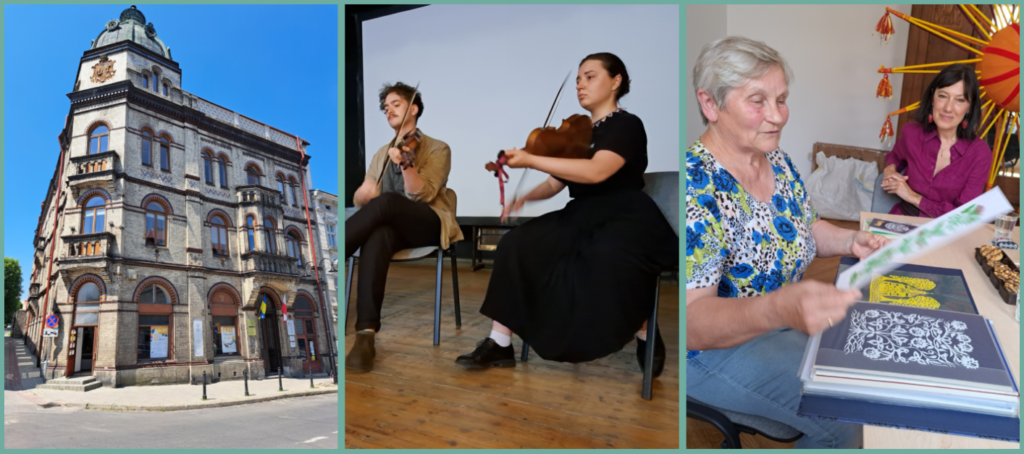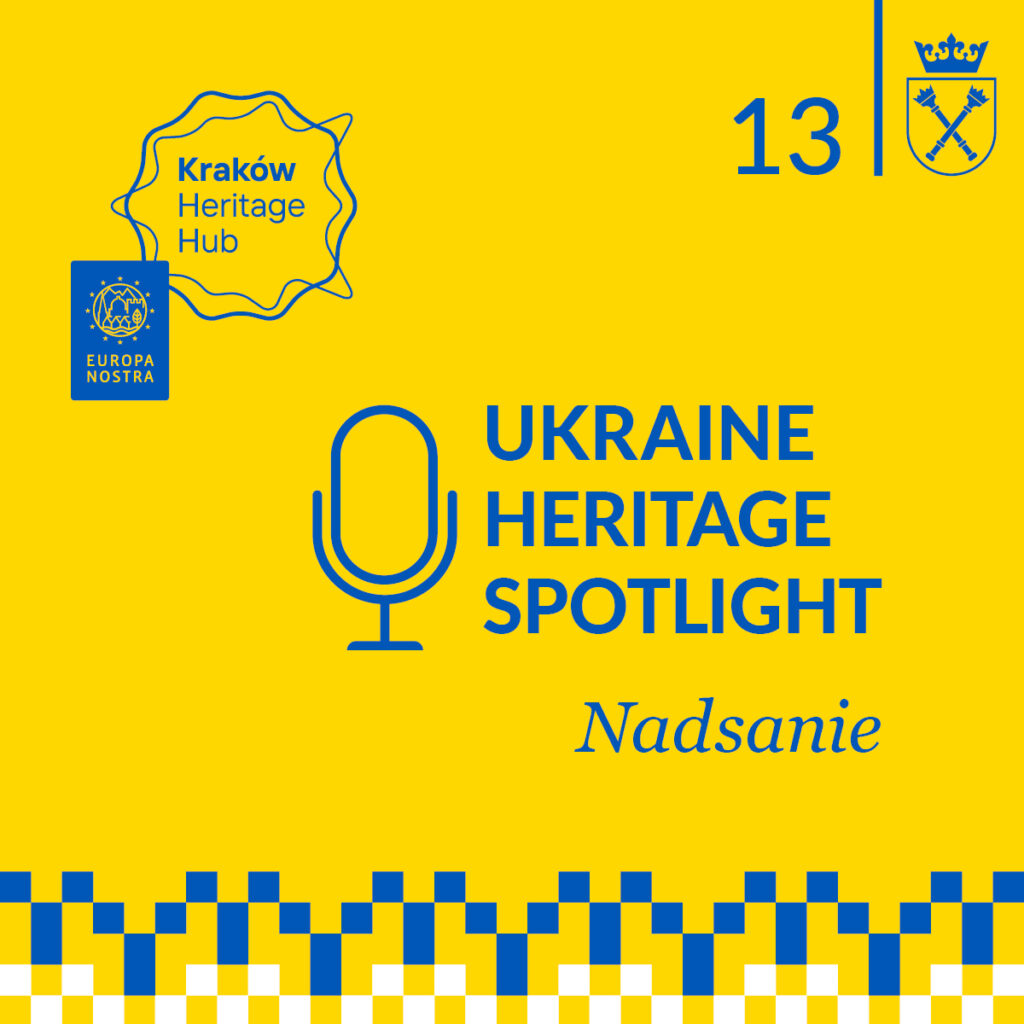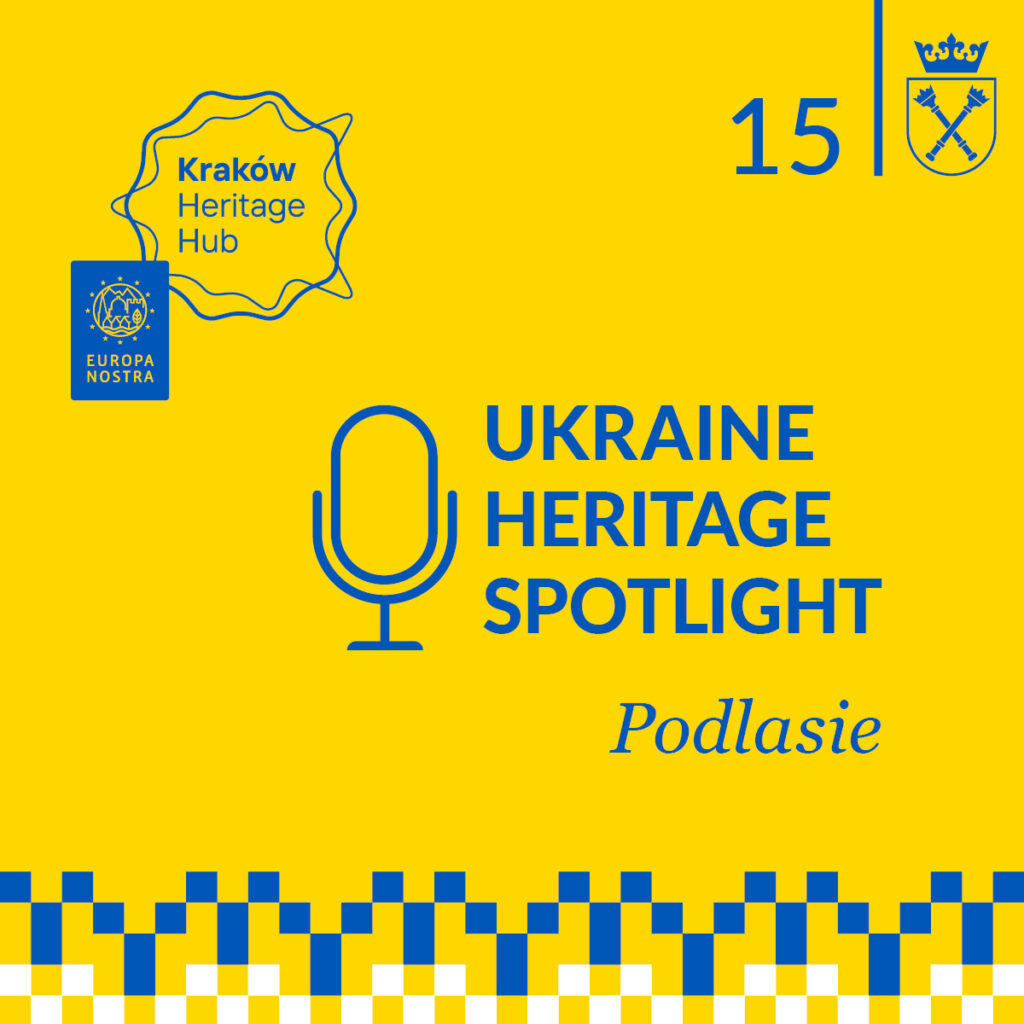We use cookies to help you navigate efficiently and perform certain functions. You will find detailed information about all cookies under each consent category below.
The cookies that are categorized as "Necessary" are stored on your browser as they are essential for enabling the basic functionalities of the site. ...
Necessary cookies are required to enable the basic features of this site, such as providing secure log-in or adjusting your consent preferences. These cookies do not store any personally identifiable data.
Functional cookies help perform certain functionalities like sharing the content of the website on social media platforms, collecting feedback, and other third-party features.
Analytical cookies are used to understand how visitors interact with the website. These cookies help provide information on metrics such as the number of visitors, bounce rate, traffic source, etc.
Performance cookies are used to understand and analyze the key performance indexes of the website which helps in delivering a better user experience for the visitors.
Advertisement cookies are used to provide visitors with customized advertisements based on the pages you visited previously and to analyze the effectiveness of the ad campaigns.
The project is led by Dr Olga Kich-Masłej from the Department of Polish-Ukrainian Studies and is implemented in cooperation with Dr Katarzyna Jagodzińska from the Institute of European Studies and also the head of the Europa Nostra Hub, as well as the Hub team. The project encompasses three study tours to the regions of Nadsanie, Lemkivshchyna and Podlasie, which result in the recording and gathering of materials for the Community Archive for Heritage Activism in Central and Eastern Europe and a series of English-language audio features (podcasts).

Scant attention is paid to Ukrainian heritage in the literature on the state of cultural heritage preservation of the post-migration areas of south-eastern Poland, as well as in the country’s public debate. Although since 1989 this topic has been discussed more often and openly, and knowledge on this area has significantly increased, the issue of Ukrainian heritage is still not sufficiently present in scientific and journalistic narratives as well as in the practices of public administration in the border regions of Poland.
Within the current borders of Poland, there are over a thousand post-Ukrainian locations, whose tangible and intangible heritage has been destroyed, purged from public awareness and simply forgotten, becoming practically ‘transparent’. Sites which despite their ongoing destruction, have remained visible in the cultural landscape of post-migration areas, have been often labelled as ‘difficult heritage’. In the period preceding World War II, over five million representatives of the Ukrainian national minority lived in Poland, while around 700,000 remained within the borders established in July 1944. Ukrainians in the areas of Podlasie, Hrubieszów, Nadsanie, Boyko Region (Boikivshchyna) and Lemko Region (Lemkivshchyna) were not an immigrant population. The area in which they lived naturally constituted the Polish-Ukrainian borderland.
Polish and Ukrainian cultures permeated each other, and their representatives, while subject to the influence of non-native culture, simultaneously strove to maintain their own national identity. The new border and future directives dramatically changed the lives of these 700,000 Polish citizens, of whom almost 500,000 were displaced in 1944–1946 to the USSR and 150,000 in 1947 as part of Operation Vistula, to the western and northern territories of Poland.
In the mid-1940s, when the processes of forced displacement ceased, three processes and their effects overlapped: 1) the rapid destruction of predecessors’ accomplishments; 2) a clash of cultures; 3) the building of a new political system from scratch, which contributed to the destruction primarily of the intangible heritage of so-called Polish Ukrainians.
Settlement of the areas in south-eastern Poland by immigrant populations, a systemic cut-off from the communication and cultural routes that had functioned here for centuries and, above all, from the knowledge of the heritage to date, as well as the reduction of these areas during the communist period to the function of a border zone operating under special supervision, have all left the borderland struggling to express its sense of local identity and the impossibility of putting down roots.

1) Nadsanie region
Subjects addressed in this region:
– The Ukrainian House in Przemyśl – “a house for everyone”, history and the present (Igor Horków)
– Ukrainian musical folklore of Nadsanie (the bands Krajka and Krajeczka performing original musical folklore of Nadsanie, while the group HrayBery focuses primarily on dance tunes (Cossack dances, mazurkas, polkas, and waltzes) reconstructed from archival recordings made by Ukrainian researchers in the Ukrainian lands
– Ukrainian folk costume of Nadsanie (Maria Tucka and the Pearls of the Borderland collection)
– Ukrainian papercutting of Nadsanie (Maria Mryczko and papercutting projects implemented as part of the activities of the Ukrainian House)
As part of the project cooperation was established with the following organisations and groups in the region: Ukrainian House in Przemyśl (director Igor Horków), Traditional Singing Ensemble Krajka (director Tatiana Czarna-Nakonieczna), Perły Pogranicza [Pearls of the Borderland] (section dealing with the traditional costume of Nadsanie – Maria Tucka); Fundacja odrodzenia, badań i rozwoju dziedzictwa kulturowego ziemii przemyskiej [Foundation for the rebirth, research and development of the cultural heritage of the Przemyśl region] “Strywihor”.

2) Lemko region
Subjects addressed in this region:
– Activities aimed at protecting and promoting the cultural heritage of Lemko region conducted by the NOWYCIA Foundation, founded by Stefania and Michał Markowicz; Nikifor’s paintings in the collections of Michał Markowicz (Michał Markowicz NOWYCIA Foundation);
– Heritage of the village of Łosie; ointment-making; Lemko tradition of Watra; activities concerning the protection of the heritage of Lemko region conducted by the Lemko Union in Poland, identity problems of Lemkos (Wasyl Szlanta)
– Lemko language (Anna Czuchta)
– Musical folklore of the Lemko region (Julia Doszna – Lemko singer)
– Stonemasonry (Szymon Modrzejewski, Magurycz Association)
– Cuisine (traditional Lemko cuisine – Grażyna Betlej-Furman, Swystowy sad in Ropki; Anna Czuchta – Majsternia Karpat in Sękowa)
– Lemko ‘kryvulka’ (Anna Dobrowolska, Professor Robert Andrzej Dul)
As part of the project cooperation was established with the following organisations in the region: Lemko Union, NOWYCIA Foundation named after Stefania and Michał Markowicz, Magurycz Association, Majsternia Karpat, Agrotourism Farm “Swystowy sad” in Ropki.

3) Podlasie region
The Kraków Heritage Hub’s John Beauchamp together with Katarzyna Jagodzińska are at a local privately-owned open-air museum, Skansen Koźliki, where they meet Jerzy Misiejuk to find the tangible essence of Ukrainian Podlasie.
Also in the episode, we meet a number of local activists and researchers connected to the Podlasie Scientific Institute in Bielsk Podlaski. We hear from journalist Jerzy Gawryluk, the editor-in-chief of local Ukrainian-language newspaper Nad Buhom i Narwoju, local poet Eugenia Gawryluk,teachers Elżbieta Tomczuk from Bielsk Podlaski and Irena Wiszenko from Czeremcha, the home of the Hiłoczka Ukrainian youth song ensemble. We also meet Maria Ryżyk, head of the Association of Ukrainians in Podlasie and a member of the local council in Bielsk Podlaski.

_____
This podcast was produced as part of the “Intangible Cultural Heritage of Ukrainians in Poland: Mapping and Dissemination” project realised by the Faculty of International and Political Studies at the Jagiellonian University with the Europa Nostra Heritage Hub in Kraków. The project is led by Dr Olga Kich-Masłej from the Department of Polish-Ukrainian Studies. Podcasts and the production of materials for the social archive were funded by the Faculty of International and Political Studies as part of the Strategic Program Excellence Initiative at the Jagiellonian University.
